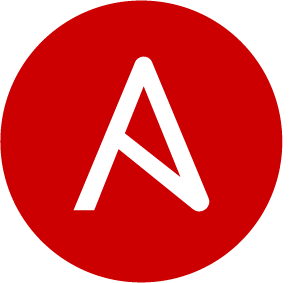
Last updated: September 19, 2022
On the path to becoming cloud native, it’s often helpful to zoom out and look at some of the products we are using to actually put our ideas into practice, from the highest of levels. And being able to simply yet comprehensively describe key use cases for solutions like Ansible is a great way for Level Up to test our own understanding of “the art of the possible” in terms of automating everything we possibly can for our customers, in the cloud and in the datacenter.
What is Ansible?
Initially released as open source in 2012, acquired by Red Hat in 2015, and by many measurements (including the RightScale 2019 State of the Cloud Report, as per the screenshot below) currently among the most popular configuration management systems on the landscape— with over 4 million nodes under management and 1,000+ Red Hat Ansible Automation Platform customers as of today— Ansible automates just about everything you can think of when it comes to your infrastructure.

Why Ansible?
Especially when getting off to a fast start matters, DevOps teams tend to end up favoring Ansible over other (mostly older) competing solutions for a number of reasons, but we would highlight these five:
- It uses YAML syntax, which means it’s very human-readable compared to several others, and also straightforward to version-control using platforms like GitHub.
- It has a rapid learning curve yet doesn’t demand an “all or nothing” approach to managing your changes, which means that you can start improving aspects of your environment on Day 1 with Ansible, while continuing to maintain any legacy processes as long as needed.
- It’s declarative and push-based, which means it doesn’t actually make changes unless it has to, and also there’s nothing to install on the nodes it manages (making Ansible a great option for network automation).
- It’s very friendly to self-service, which means that infrastructure teams can build a strong infrastructure code foundation and then let their developer peers innovate their applications on top of it.
- Especially in larger organizations, Red Hat’s Ansible Automation Platform (formerly often referred to as “Tower”) provides even better ROI in terms of visualization, scalability, and collaboration features. Few enterprise options in the market today offer the same enhancements over their open source equivalents. Ansible Tower is absolutely worth the investment.
Ready to give Ansible Automation Platform a spin in your environment? You can download a 60-day trial from Red Hat’s website here.
What are some typical Ansible use cases?
Ansible can automate just about anything, and in our experience really shines in both standard and more advanced use cases such as:
- Provisioning
- Configuration Management
- Application Development
- Continuous Delivery
- Network Automation
- Windows Automation
- Security and Compliance Automation
- Orchestration
Next steps?
As a Red Hat partner, Level Up offers Ansible workshops, POC’s and customized professional services engagements to support our customers on their cloud native journeys– please contact us for more info. And if you’re interested in learning more about what we’re doing with Ansible and related Red Hat emerging technologies, please check out “Becoming Cloud Native with Red Hat+Level Up“!
